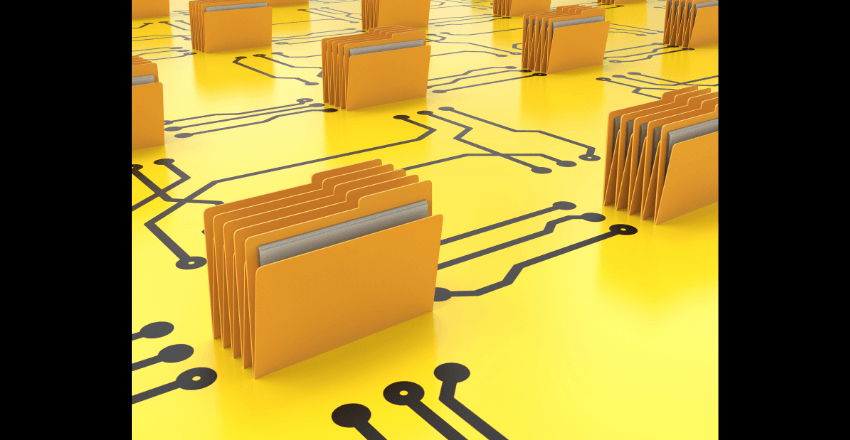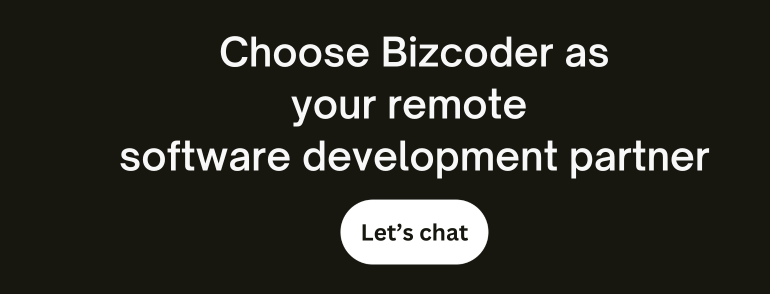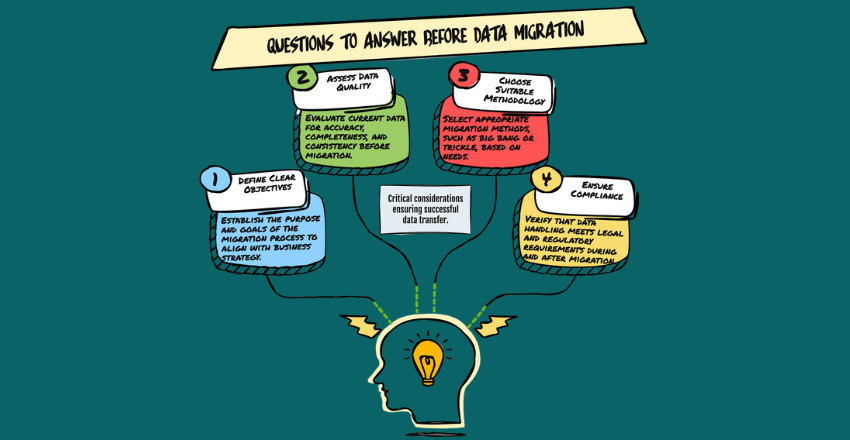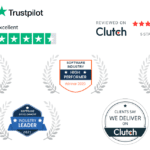Stubbornly clinging to outdated software? You’re walking a dangerous tightrope. Legacy systems, despite their reliability, are ticking time bombs—susceptible to security breaches, inefficiencies, and obsolescence. Sticking to these systems is like driving a vintage car; it may look great, but it lacks modern comfort and safety features. Holding on to your old software is akin to resisting progress, compromising efficiency, security, and performance daily.
I’ve navigated numerous migration projects in the past, bringing antiquated systems into the modern age. It’s not a question of if, but when these systems will fail. Ready to make the leap? Master the art of legacy system migration with my well-tested roadmap. Avoid catastrophic failures and drive your organization into a future full of potential.

Benefits of Legacy System Migration
Migrating from legacy systems can transform your business operations. Here are some significant benefits:
Cost Savings
One of the most important benefits is cost reduction. Maintaining legacy systems is expensive. They need specialized personnel and outdated hardware. Modern systems are more cost-effective. They automate many processes and reduce IT expenses.
Example: A multinational corporation modernized its applications with Deloitte’s services. This led to better user experiences, improved security, and lower operational costs.
Improved Security
Legacy systems are often vulnerable to security threats. They lack modern security protocols. Migrating to modern platforms ensures regular security updates and protection against new threats.
Example: The U.S. National Background Investigations Bureau experienced a massive breach in 2015 due to outdated technology. This incident underscores the need for modern systems to enhance security.
Enhanced Efficiency and Productivity
Modern systems support better communication and collaboration. They make processes more efficient and faster, improving business operations.
Example: Deloitte’s case study showed that modernizing legacy applications helped a multinational company improve information-sharing, leading to more efficient operations.
Scalability and Flexibility
Modern platforms are scalable and flexible. They allow you to add new features and services easily. This adaptability supports growth and changing business needs.
Example: Legacy systems often have limits on features and services. By migrating, businesses can develop new functions and enhance their ability to grow.
Future-Proofing the Business
Modern platforms are built to be future-proof. They can be easily upgraded to meet future needs. This ensures businesses remain competitive and take advantage of new opportunities efficiently.
Example: Modernizing legacy systems helps businesses stay ahead of the competition by adapting quickly to new technologies and market demands.
Improved Client Support
Modern systems enable businesses to offer better support and services to clients. This leads to higher customer satisfaction and loyalty.
Example: After modernizing legacy systems, businesses can provide enhanced services, leading to improved customer experiences and satisfaction.
Compliance with Regulations
Legacy systems often fail to comply with current regulations. Modern systems are designed to meet the latest requirements, reducing legal risks.
Example: Outdated systems may not comply with regulations like GDPR. Modernizing ensures compliance with up-to-date regulatory frameworks.
Best Practices for Successful Migration

Legacy system migration is complex. Follow these best practices for a smooth transition:
- Study Your Current System: Analyze your legacy system thoroughly. Understand its workings and identify critical features to preserve.
- Understand Your Business Goals: Align migration with business goals. Identify key performance indicators (KPIs) and design the new system accordingly.
- Conduct a SWOT Analysis: Perform a SWOT analysis to understand potential obstacles and opportunities. This helps in planning for dependencies and compliance factors.
- Assess Your Existing Infrastructure: Evaluate your current infrastructure and components. Use tools like Microsoft Assessment and Planning (MAP) Toolkit.
- Select Your Migration Strategy: Choose an appropriate strategy: Lift and Shift, Application Evolution, or Application Re-Architecturing.
- Choose Components to Migrate First: Identify interdependent components and ensure minimal disruption.
- Ensure Data Quality: Ensure data is clean, accurate, and consistent. Address challenges related to data structure and format.
- Communicate Importance: Achieve stakeholder buy-in by communicating how the new system improves efficiency.
- Implement a Risk Management Plan: Identify, assess, and manage migration risks including data loss and downtime.
- Test Thoroughly: Conduct testing before, during, and after migration to ensure data is transferred correctly.
- Post-Migration Strategy: Focus on integrating the new system’s data and developing software to support it.
Ensuring Data Integrity During Migration
Data integrity is critical during migration. Here are best practices to maintain accuracy, consistency, and reliability:
- Planning and Preparation:
- Develop a detailed migration plan.
- Choose a reliable cloud provider.
- Data Validation and Cleaning:
- Validate data before migration.
- Conduct thorough testing to identify and rectify data errors.
- Continuous Monitoring:
- Monitor data throughout the process.
- Conduct spot checks for data integrity.
- Data Management and Security:
- Implement data management practices.
- Prioritize data security with encryption protocols.
- Post-Migration Validation:
- Validate migrated data to ensure no errors.
- Maintain an audit trail during the migration process.
- Employee Training and Change Management:
- Train employees on new procedures.
- Inform stakeholders about the migration process.
- Backup and Contingency Plans:
- Prepare for unexpected issues with robust backup systems.
By following these practices, organizations can ensure data integrity and achieve a smooth transition.
Common Challenges in Legacy System Migration

Migrating legacy systems comes with several challenges. Here are some common ones:
Data Loss and Corruption
Common Problems:
- Loss or damage of data during transfer.
Consequences:
- Missing information can disrupt company operations and decisions.
Solutions:
- Regular backups and thorough testing to ensure data integrity.
Data Quality Issues
Common Problems:
- Data that is incomplete or wrong can cause issues.
Consequences:
- It can lead to errors in reports and invalid business decisions.
Solutions:
- Clean and verify data before migration.
Semantic Risks
Common Problems:
- Data mapped incorrectly, causing inconsistencies.
Consequences:
- Errors in how data is understood and used.
Solutions:
- Use clear data mapping rules and validate results.
Stability Issues
Common Problems:
- New system may not work properly, causing shutdowns.
Consequences:
- Business operations can halt, losing time and money.
Solutions:
- Thoroughly test the new system before full launch.
Security Risks
Common Problems:
- Increased danger of data breaches during migration.
Consequences:
- Sensitive data can be stolen, causing legal and financial problems.
Solutions:
- Enhance security measures and monitor access.
Downtime
Common Problems:
- System being unavailable during migration affects work.
Consequences:
- Business activities get interrupted, leading to losses.
Solutions:
- Plan migration during off-hours and ensure quick resolution time.
Cost Overruns
Common Problems:
- Migration takes longer and costs more than expected.
Consequences:
- Project budget gets used up, affecting other company finances.
Solutions:
- Make detailed plans and keep a buffer fund for unforeseen costs.
Workflow Issues
Common Problems:
- Redesigning systems causes confusion among employees.
Consequences:
- Poor employee engagement can reduce productivity.
Solutions:
- Involve employees in the planning and provide training.
Choosing the Right Strategy
Common Problems:
- Picking the wrong method can cause many issues.
Consequences:
- Can lead to ineffective migration and wasted resources.
Solutions:
- Analyze needs carefully and choose the best fit strategy.
Integration with Existing Systems
Common Problems:
- Ensuring new system works well with old ones.
Consequences:
- Compatibility issues can disrupt business operations.
Solutions:
- Test integration thoroughly before full implementation.
Resistance to Change
Common Problems:
- Employees resist new systems and processes.
Consequences:
- Lack of cooperation can hinder migration success.
Solutions:
Provide proper training and explain the benefits of the change.











